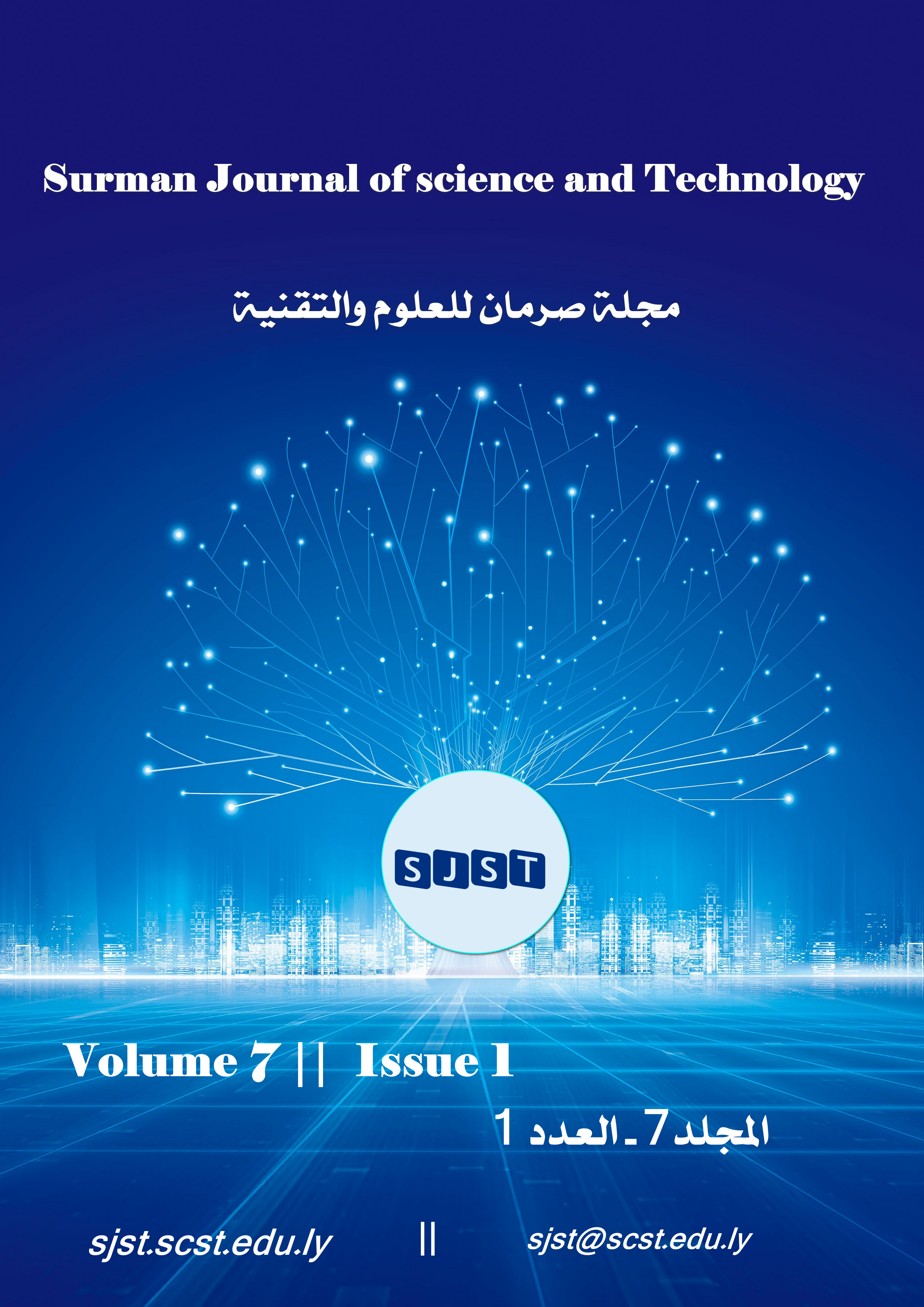Modelling and simulating a batch reactor used in kerosene oxidation desulphurization
Main Article Content
Abstract
Petroleum fractions contain harmful sulphur compounds that cause corrosion in engines and emit SO2, contributing to acid rain. The traditional method of removing sulphur from fuels is catalytic hydrodesulphurisation, but this is expensive This paper presents a maths model for the oxidation desulphurisation of kerosene. The model and simulation process are important as they provide a better understanding of the process. The model was based on experimental results and calculated using gPROMS software. The optimal kinetic parameters were activation energy 19.13650 kJ/mol, pre-exponential factor 2163.56 (wt)-0.66530. min-1 and reaction order 1.66530. These parameters were used to find conditions for high conversion (≥ 99.9%). These optimum reaction conditions were a reaction temperature of 379.4 oK and a reaction time of 120 min. A scale-up to a batch reactor was carried out using these optimal parameters and conditions. The results showed that the best reactor size is 1 m diameter.
Downloads
Article Details

This work is licensed under a Creative Commons Attribution-NonCommercial 4.0 International License.

